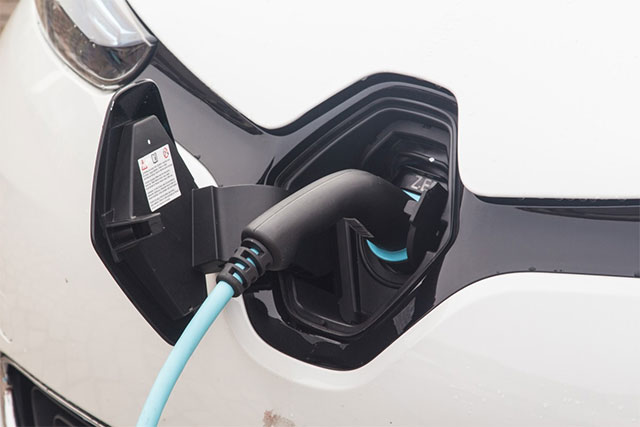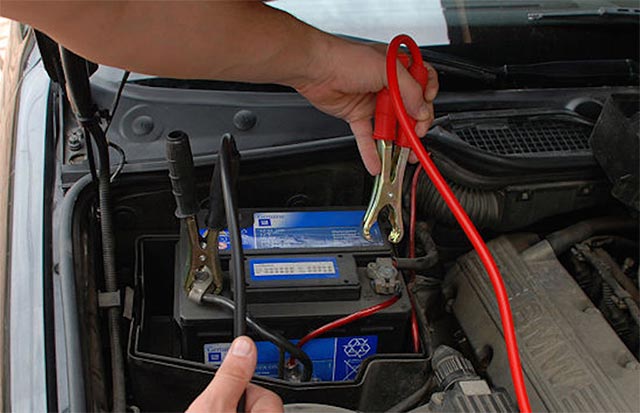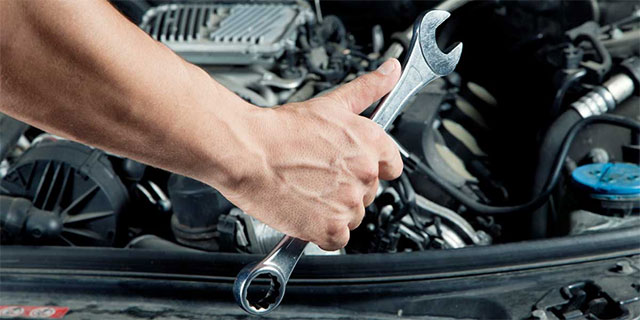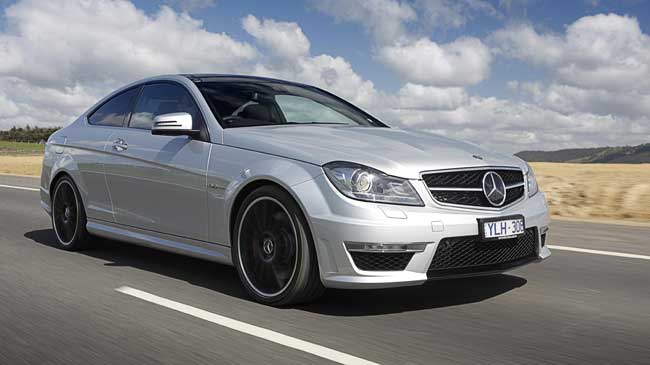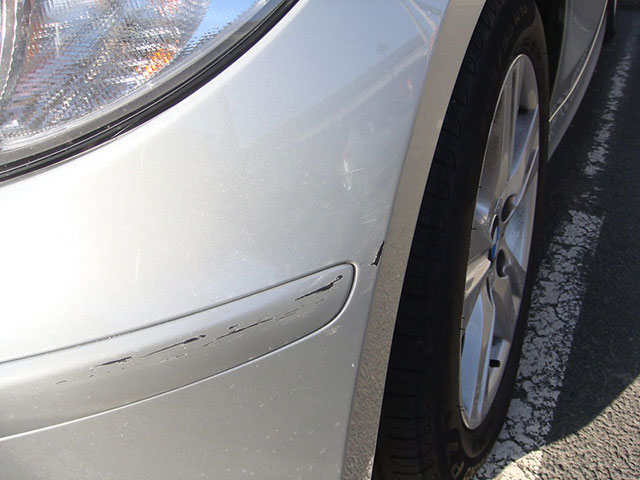How To Change Your Car’s Oil?
A well-maintained car is a safer car. It’s true that car repair bills can be costly, especially when it’s an “all-of-a-sudden” fix, but if you invest in some scheduled maintenance on your car, you will end up saving yourself some money. How many times have you spent hours, on a Saturday morning, at an oil change service station, wishing you were doing something else? And depending on where you go, you could spend anywhere from $20-$80 for the service. If you already know that having clean oil in your car is integral to car safety and the longevity of the vehicle, then you can most likely figure out how to change your car’s oil and save some money as well!

Arrange your tools and materials neatly somewhere close to you so you can easily access what you need even when you’re occupied with something else. Better yet, use a tool belt and place all the handy tools in there for more convenience. Make sure to wear your “grubby” clothes or mechanic’s suit and a pair of sturdy disposable nitrile gloves before getting started. You may also want to skim the manufacturer’s manual for a refresher on how to change your car’s oil.
Getting Started, be Prepared!
Many drivers have their car’s oil changed every 3,000 miles, like clockwork, while others follow what their manual says. It all depends on how many miles you put on your car and other factors. But if you want to keep your engine safe, change the oil before the car smells like burning oil.
Before you change your oil, especially before you drain out the old oil, you will want to make sure you have everything you need. Once the oil is drained, you can’t drive your car back to the parts store and purchase something you forgot! According to the car experts at Edmund’s, you should have these items on your checklist:
- Tools: Wrench, Oil filter wrench, oil drain pan, funnel, jack/jack stands/ramps, “grubby” clothes, and gloves
- Don’t Forget your Car Manual! This important guide can give you tips as well as tell you what kind of oil and other materials you will need. If you go to an auto parts store, they should know, too, but it never hurts to double-check!
- Materials: Oil, Oil Filter, Replacement drain plug washer.
Ready, Set, Change!
Once you have everything you need and your car is properly and safely hoisted up on jacks or ramps and you have made sure that the oil is warm, but not hot, you’re ready to get started.
- Locate your drain plug and oil filter. You should be able to find this information in your manual, as each vehicle is a bit different.
- Have a pan ready to collect the old oil. You do not want to let the oil soak into the ground! Some experts suggest placing the pan slightly off-center (of the drain plug) because the oil often runs out at an angle rather than straight down.
- Remove the oil filler cap, then the drain plug. When removing the drain plug, remove slowly as you might find yourself covered in oil if you move too quickly. Inspect the drain plug to see if it needs a new washer (if it has one). Once the oil has drained, tighten the drain plug.
- Remove the oil filter and allow the oil to drain over the pan. Make sure the old O-Ring is not lodged, but has been removed with the old oil filter. On the new oil filter’s O-Ring, smear a bit of new oil before installing. Tighten and you’re almost done!
- Add new oil and don’t forget the oil filler cap! Start your car and let it run for less than a minute, just long enough to circulate the new oil. Shut off the car and check to make sure that the oil filter and drain plug are secure; if they aren’t, you’ll see some leakage.
- Once everything looks good, lower your car and check the oil stick. Add more oil if you need to and you’ve just completed your first oil change.
- One more thing…Don’t forget to properly dispose of your old oil. It cannot simply be thrown out in the trash. Check with your auto parts store or your local hazardous waste place. If you store it until a later date, make sure the container is leak-proof labeled. Never mix it with other chemicals!
You did it! You successfully changed your car’s oil and you probably saved a couple of bucks, too. By changing your own oil, you are taking the responsibility for your car’s maintenance. Oil is vital for a car to run and by keeping it maintained, you are improving your car safety. Take a look at the big picture for a moment, if your car is well-maintained and safe, other drivers will be safer too, as your car won’t be broken down on the highway. If you care about your car’s safety, you’re probably a safe driver as well!
